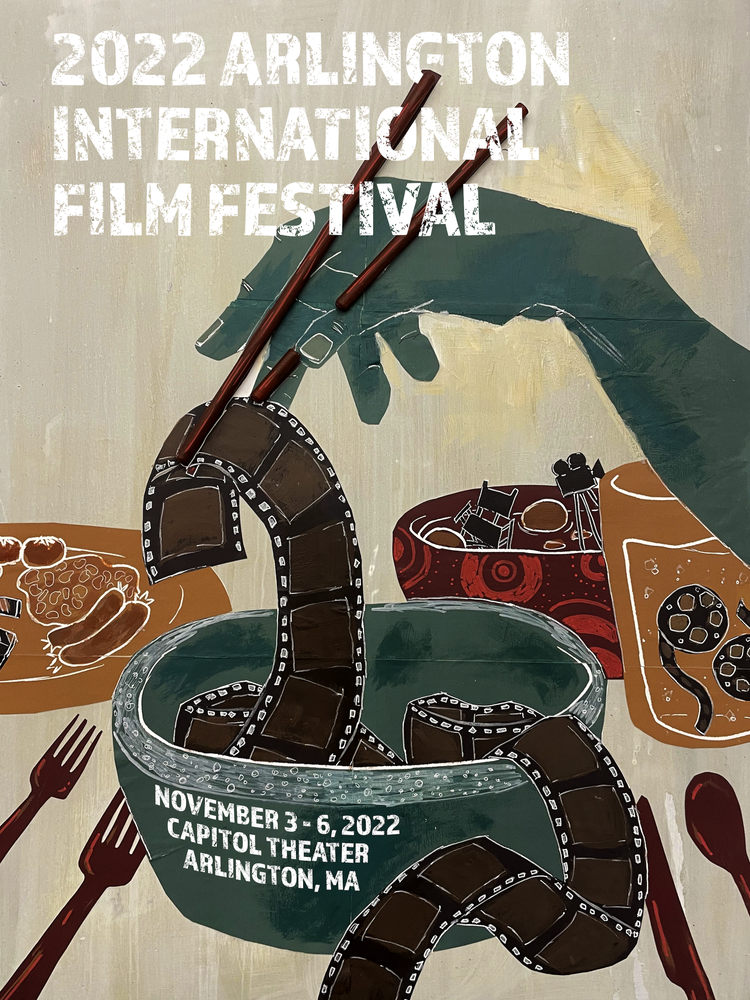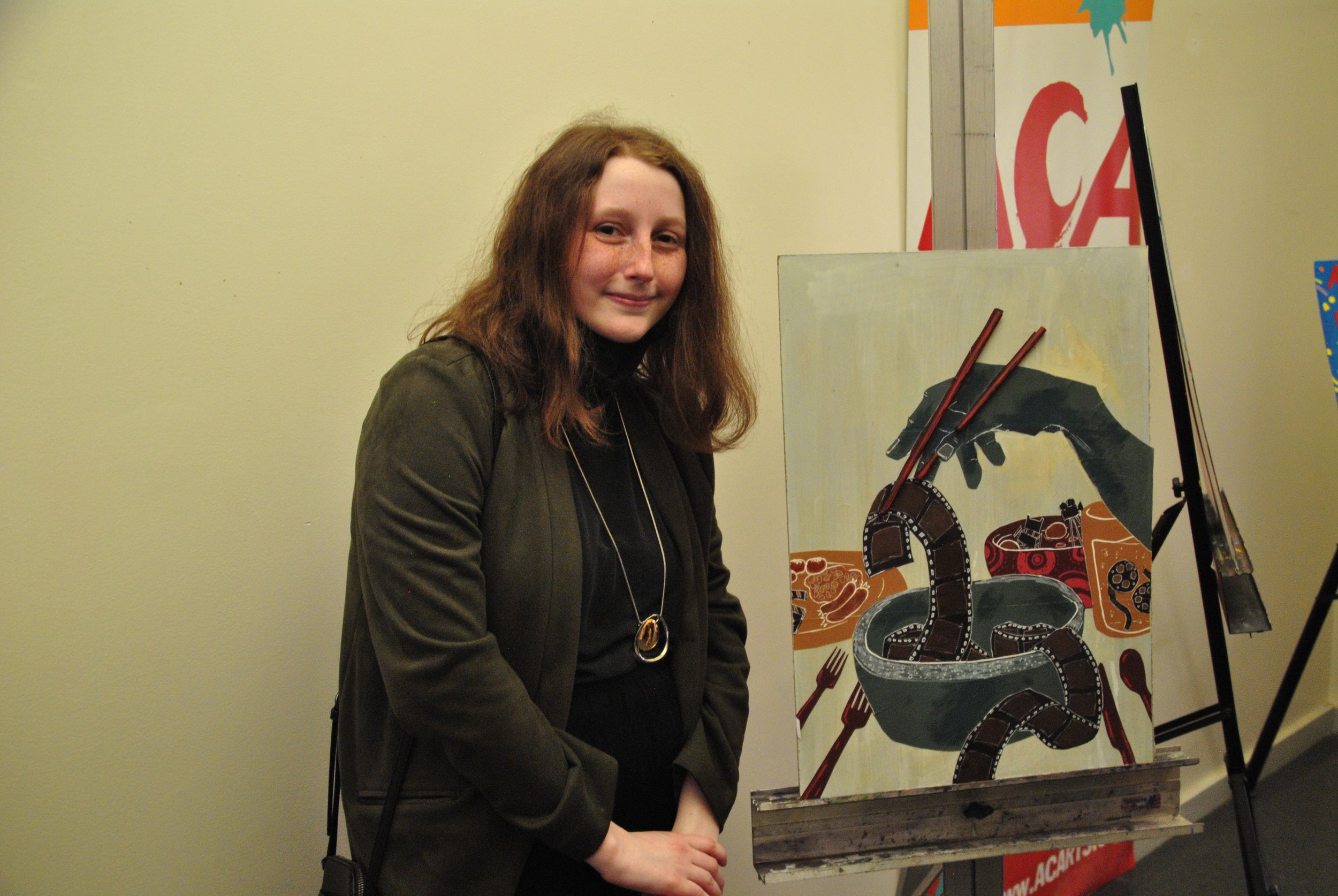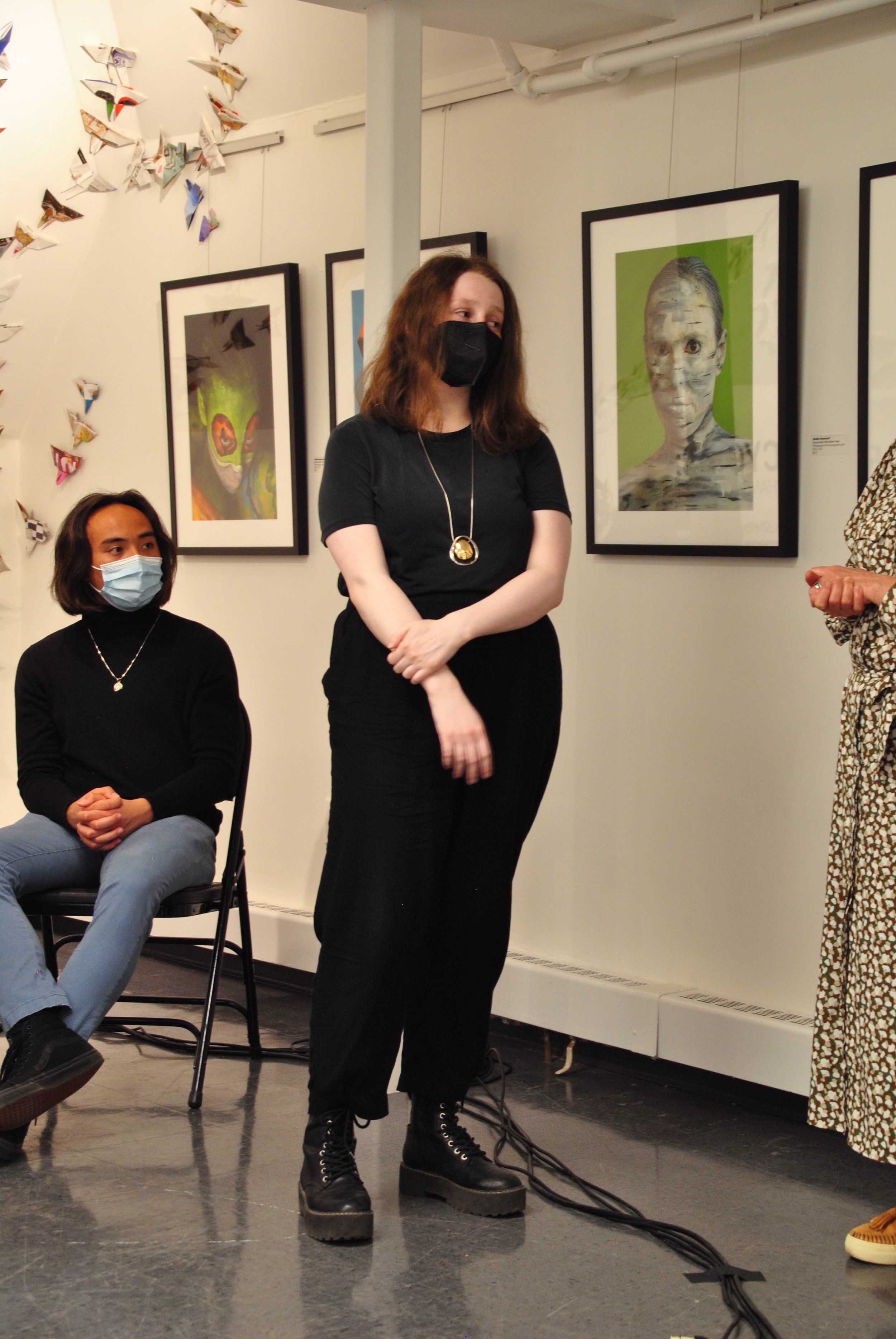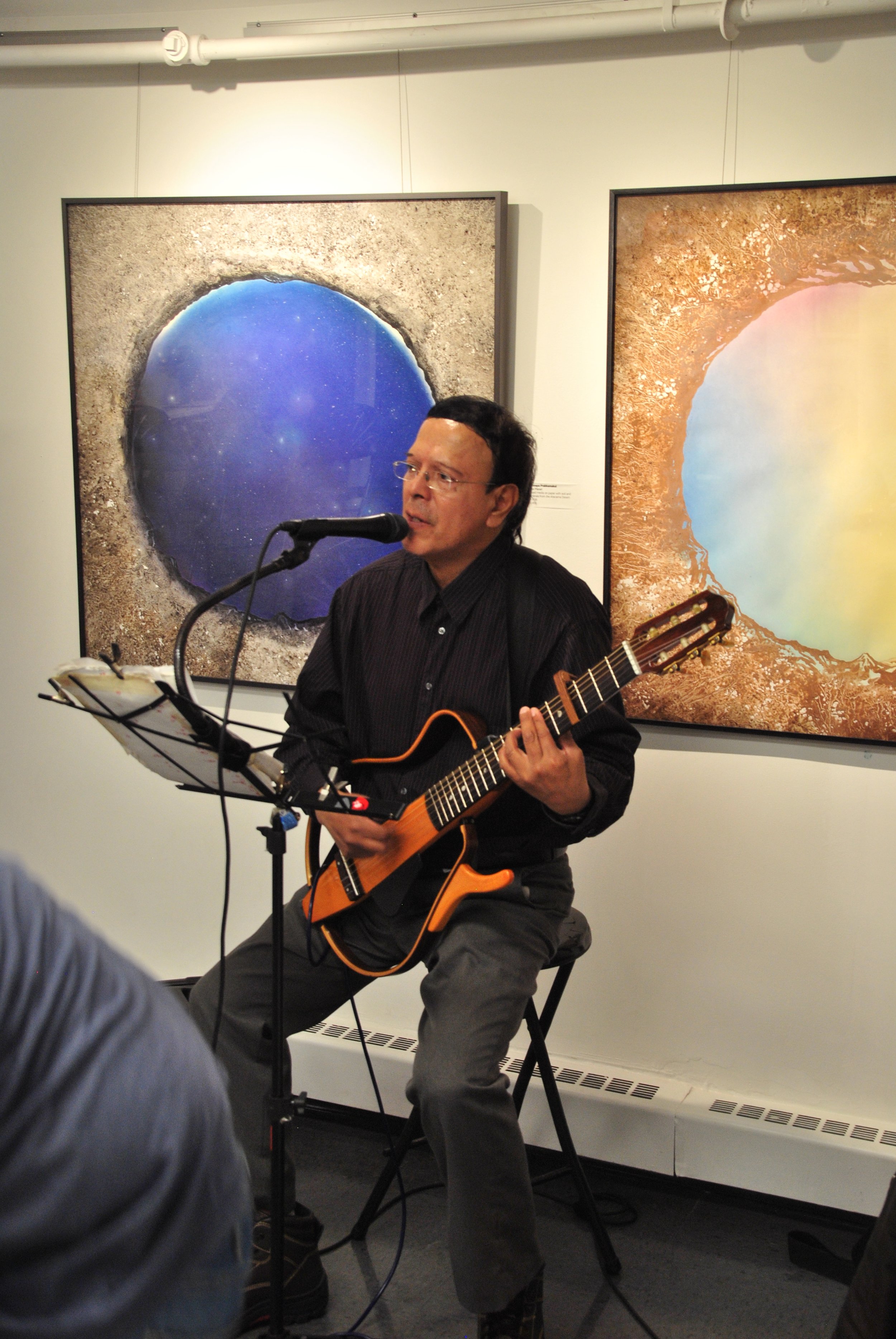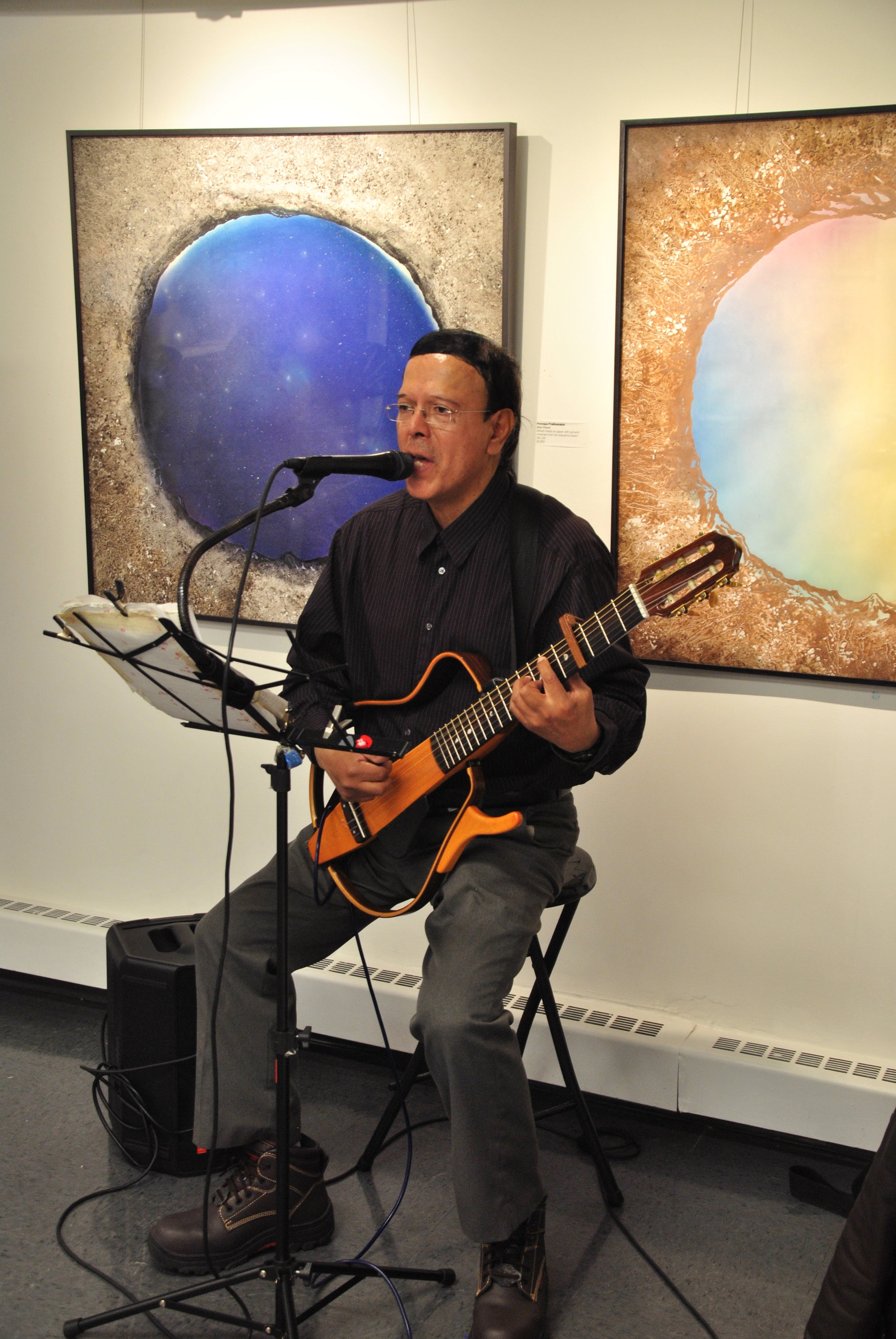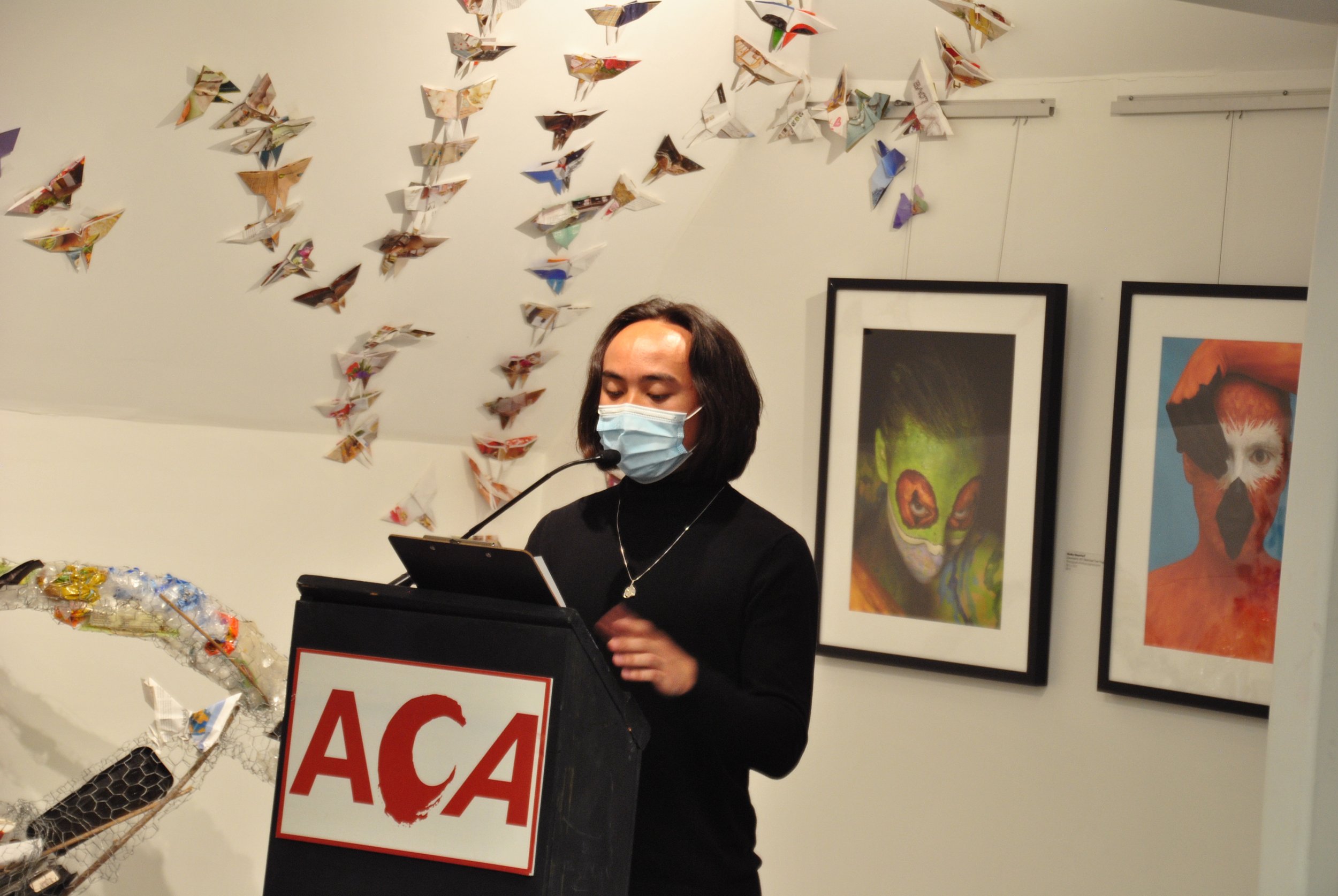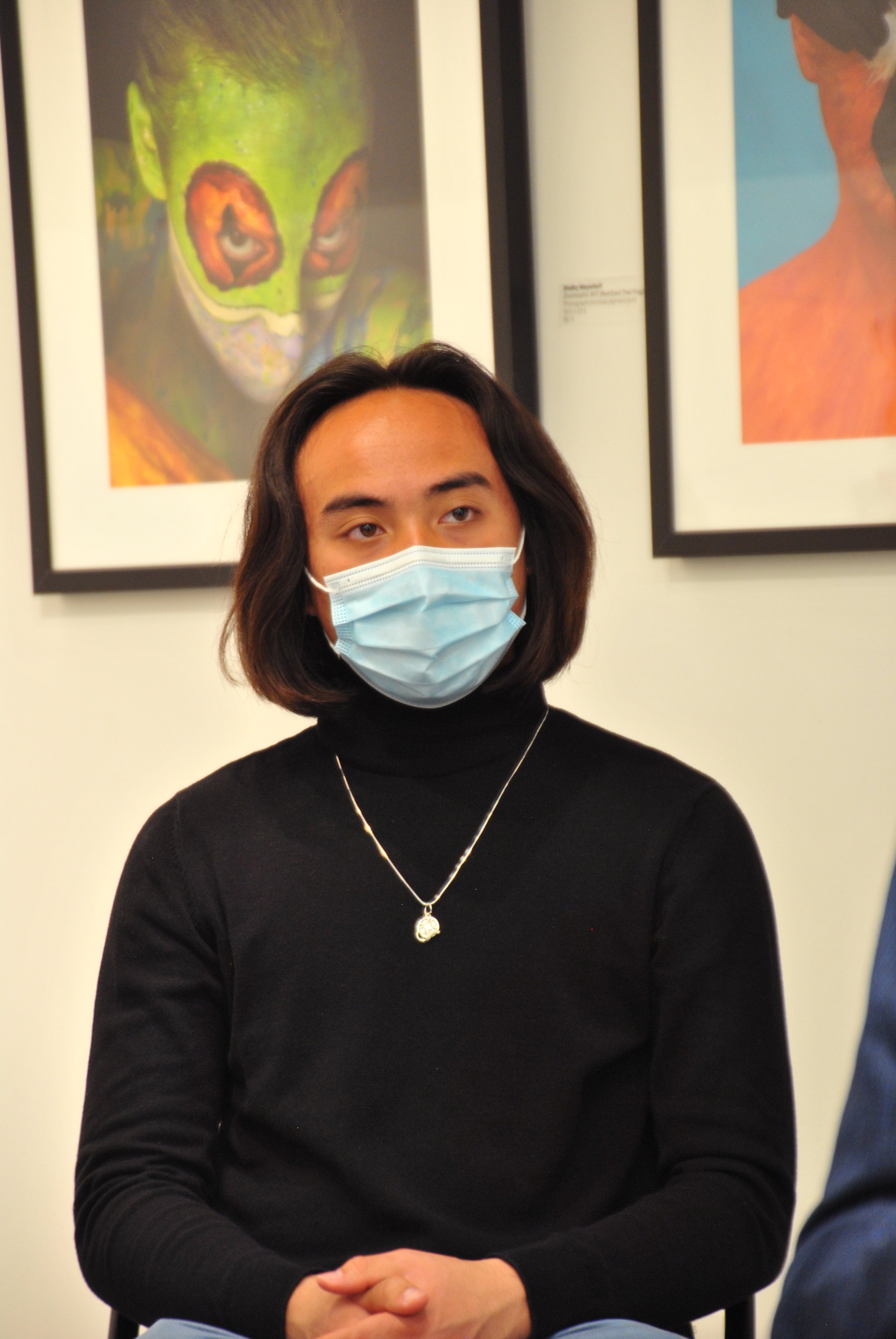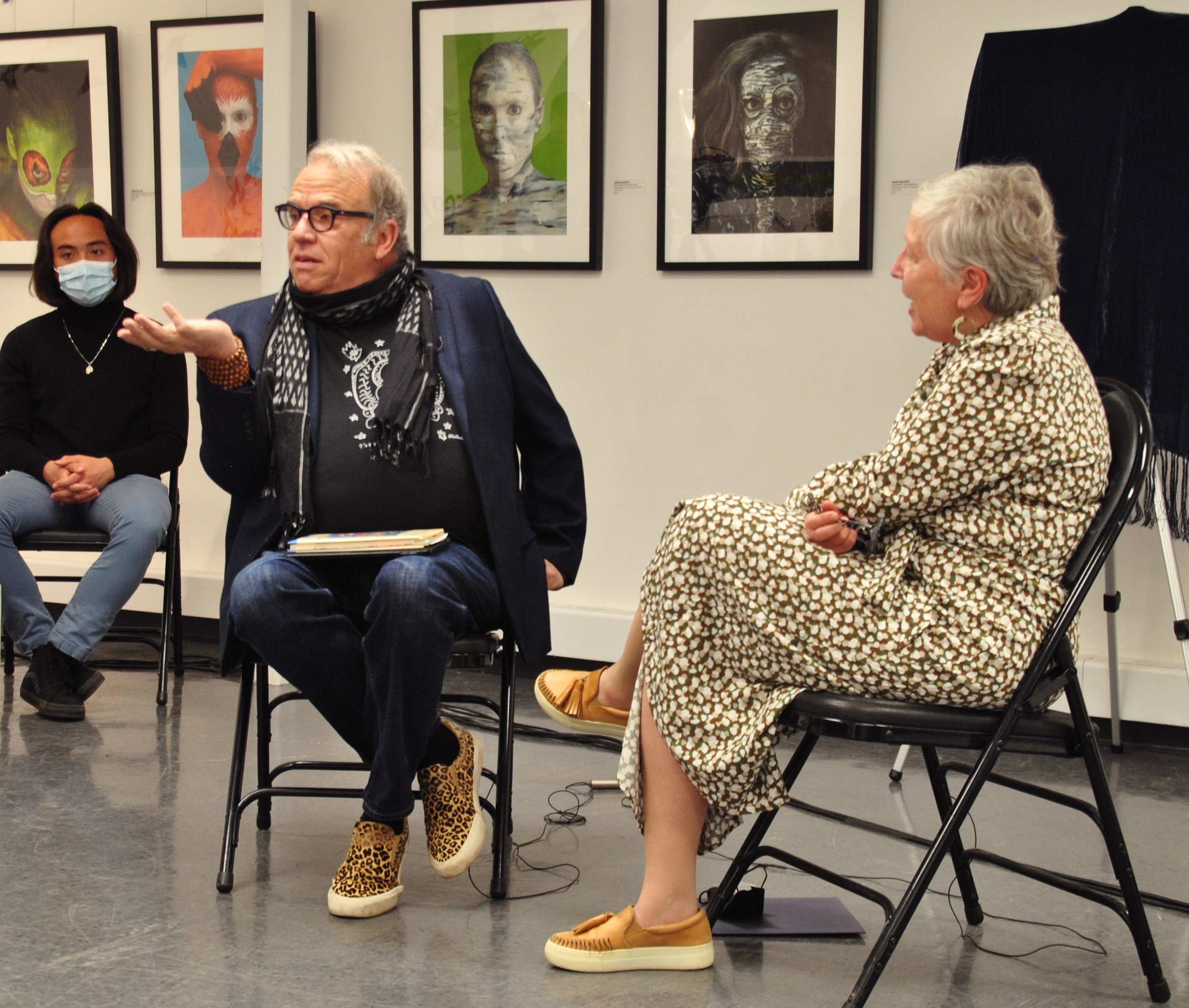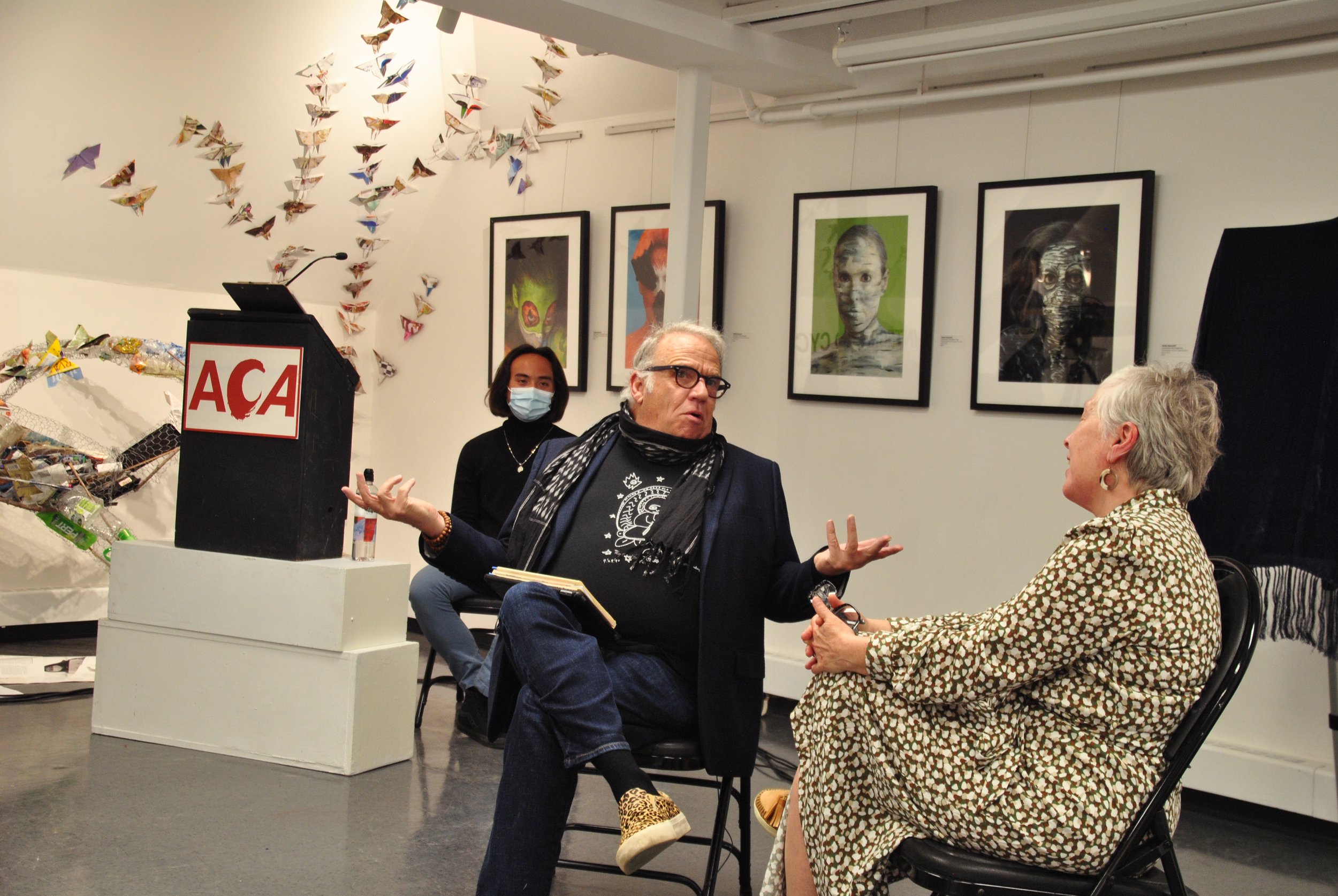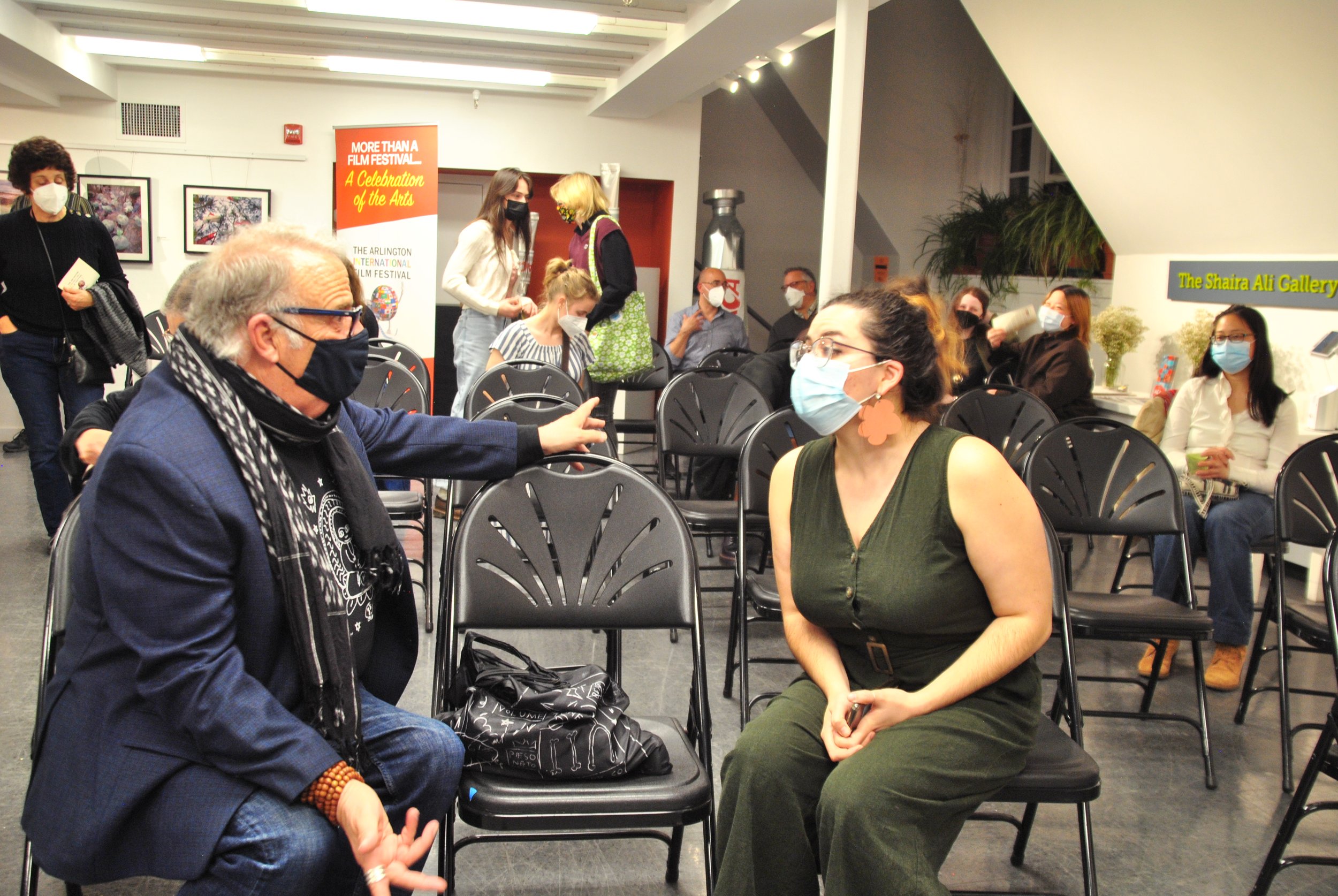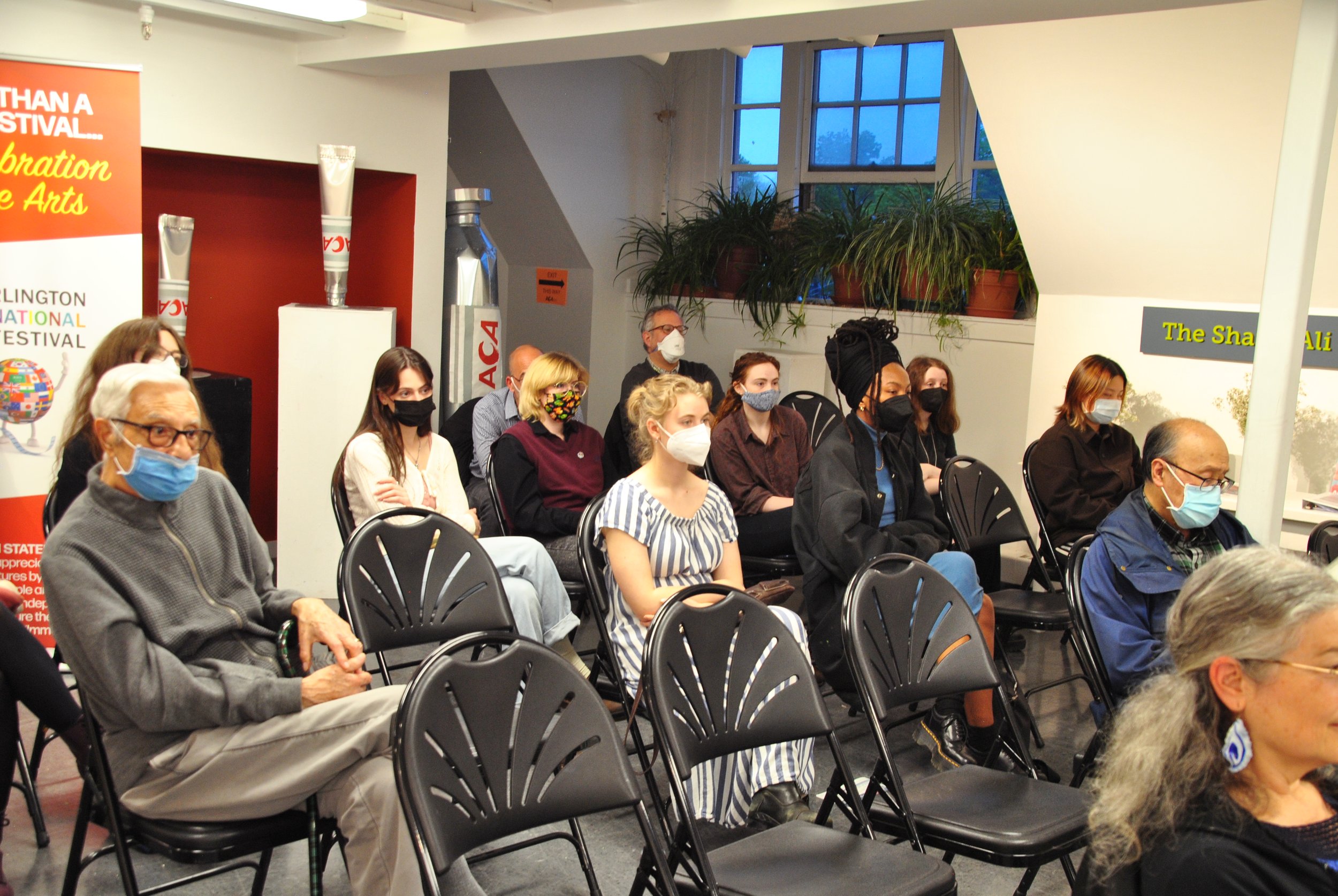The Best International Films of 2021 (Arlington International Filmfest)
Despite a global pandemic and industry shutdowns, 2021 turned out to be another phenomenal year for international and foriegn films. And with the Oscars just around the corner, we’d like to take a moment to highlight some of the best films from across the globe last year.
With selections stretching far and wide (from France to Japan to Iran), here are our picks for the best international films of 2021.
Titane (France - Belgium)
https://www.youtube.com/watch?v=Q5_w2W5G9OM
A French-Belgian production, Julia Docournau’s body horror feature Titane was truly one of 2021’s best. Starring Agathe Rousselle in her film debut, Titane tells the story of Alexia, a woman who has a titanium plate in her head due to a childhood car accident, who begins to behave oddly around automobiles… to put it mildly.
Titane had its world premiere at the Cannes Film Festival where Docourna would go on to win the Palme d’Or, making her just the second female director to ever receive the prestigious award.
While challenging and not for the faint of heart, it is indeed one of last year’s greatest achievements in acting, direction and visual cinematography.
Drive My Car (Japan)
https://www.youtube.com/watch?v=6BPKPb_RTwI
Perhaps drawing a bit in subject and tone from the South Korean psychological thriller film Burning from 2018, Drive My Car is a Japanese film also based upon the works of author Haruki Murakami. Co-written and directed by rising star Ryusuke Hamaguchi, Drive My Car tells of Yūsuke Kafuku (a theater actor), Oto (a screenwriter), and their on-and-off stage relationships.
Drive My Car was also selected and competed for the Palme d’Or at the 2021 Cannes Film Festival and has already received the Golden Globe for the Best Foreign Language Film of the year. It is truly a consensus top pick and highly recommended viewing for any fans of dramas and/or screenwriting.
El Planeta (Spain)
https://www.youtube.com/watch?v=KM70DaZfo30
As one of the highlights of last year’s Sundance Film Festival, writer, director and star Amalia Ulman’s film El Planeta represents a fresh, refined and nuanced voice in contemporary cinema.
Based in her childhood, small seaside hometown in Spain, this Spanish language film stars Ulman playing a fictionalized version of herself with her actual mother playing her co-lead.
The duo playfully live in a world of grifts and games despite growing economic hardships at their doorstep. The film similarly provides an uplifting yet depressing look into family dynamics. It’s worth watching for the performances alone as it comes across as a surprisingly genuine look into a real life mother and daughter relationship.
Belfast (UK)
https://www.youtube.com/watch?v=Ja3PPOnJQ2k
While certainly not a sleeper hit inclusion on our list, the UK-produced Belfast has garnered quite a bit of acclaim due to its star cast and famous subject matter. Written, directed and based on the life of Kenneth Branagh, the film tells a semi-autobiographical story of Branagh’s upbringing in Belfast, Northern Ireland in the tumultuous 1960s.
Making its premiere at the Telluride Film Festival, Belfast has received many accolades for its writing, directing, and performances. It’s also done quite well both critically and commercially — especially for a challenging year for box office draws.
Benedetta (France)
https://www.youtube.com/watch?v=DW5wOtLSfPs
Co-written and directed by Amsterdam-born filmmaker Paul Verhoeven (best known for his American action blockbusters like Robocop, Total Recall, and Starship Troopers), his latest feature was produced in France (and shot mostly in Italy) with a predominantly European cast.
Unlike his action film past, Benedetta would best be classified as a biographical drama or love film, although it certainly explores many genres and themes throughout.
Another film selected to compete for the Palme d’Or at the Cannes Film Festival, Benedetta has received mixed — but mostly quite positive — reviews for its performances, direction, and crafty exploration of complex and challenging subject matter.
A Hero (Iran)
https://www.youtube.com/watch?v=zAJ6_lmr_HQ
Our list would not be complete without highlighting another film from the 2021 Cannes Film Festival. A Hero not only competed for the Palme d’Or, but also won the Grand Prix jury award for its filmmaking excellence.
Telling the story of Rahim, a prisoner in debt in Iran, Asghar Farhadi delivers a masterclass in intentional filmmaking as he expertly draws you in with a fast script and sharp direction. Farhadi is not a new name to the scene, with two Best International Film Oscars already to his name, but A Hero might be his best work yet.
Lamb (Iceland)
https://www.youtube.com/watch?v=hnEwJKVWjFM
While many fans of the indie studio A24 might be looking for a certain brand of horror from one of their latest films, Lamb is a standout, yet odd, selection for the studio which has received rave reviews. And it might be a bit misleading to those looking for another elevated horror thriller.
Shot in Iceland by native filmmaker Valdimar Jóhannsson in his directorial debut, this protégé of Béla Tarr tells an extraordinary story of a grieving couple adopting a young lamb as a replacement for a lost child. It gets weird, to say the least, but overall it is a fascinating debut.
The Worst Person in the World (Norway)
https://www.youtube.com/watch?v=55M5ZgAqbWo
Coming from a Denmark-born filmmaker working in Norway, The Worst Person in the World is the third film from up-and-coming auteur Joachim Trier (best known for his previous films Louder Than Bombs, Thelma, and the Oslo Trilogy).
Similar to past works, Trier’s latest film might be his best yet not just for its direction, but also as a showcase for its great performance by leading actress Renate Reinsve.
A fun yet challenging comedy-drama centered around a young medical student in Oslo, The Worst Person in the World should delight audiences with its raw portrayals and fun cinematography.
Raging Fire (Hong Kong)
https://www.youtube.com/watch?v=tGgvkrO4X2c
What would any best international film list be without a fun, butt-kicking action film from Hong Kong? While there are many to choose from, Raging Fire represents some of the year’s best of Hong Kong action cinema as Donnie Yen continues a torrid pace helming this slick action thriller.
Written, directed, and produced by Benny Chan (a prolific Hong Kong action director in his own right), Yen leads the film at a breakneck pace with a perfect mix of heart and machismo. If you like your movies big, loud, and fun, then definitely check this one out.
Memoria (Colombia)
https://www.youtube.com/watch?v=PDU6B93ltds
Finally, we finish with the film that has topped many lists of the best foriegn or international films of the year: the internationally produced film Memoria has truly been one of the year’s most well-received foreign films.
Set in both Scotland and Colombia, the film stars Tilda Swinton and a strong cast that spin one of the most spell-binding films of the year thanks to the great direction of Apichatpong Weerasethakul.
With a wonderfully diverse and international cast and crew, Memoria might be the best representation of a borderless future for cinema moving forward. Plus it’s a very beautiful film to watch as well, which really exemplifies this list of films and its role in the industry as a whole.
Meta: A look back at some of the best international and foreign films from 2021. From Titane to Memoria, here are our picks from the year’s best from across the globe.
Author Bio: Jourdan Aldredge is a filmmaker and video journalist who writes for Soundstripe, a company that helps provide businesses and creators with non copyright music like royalty free upbeat music.





